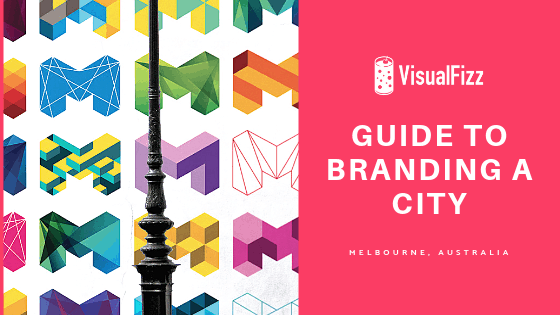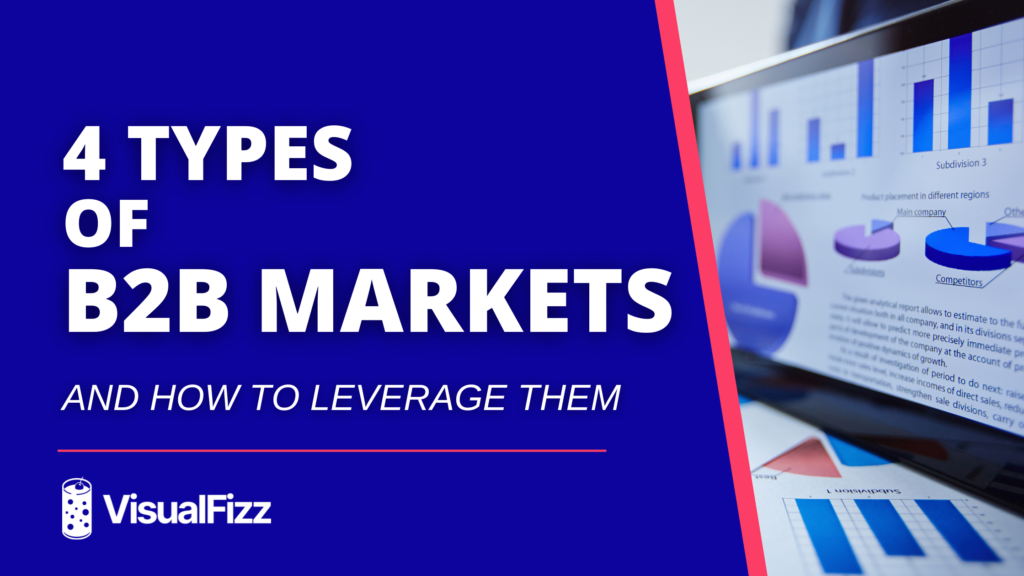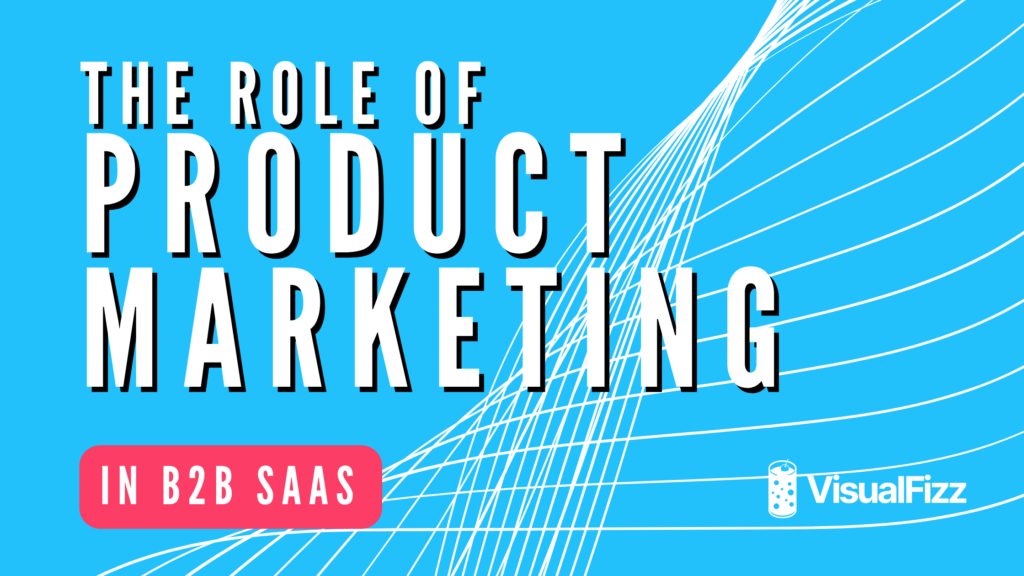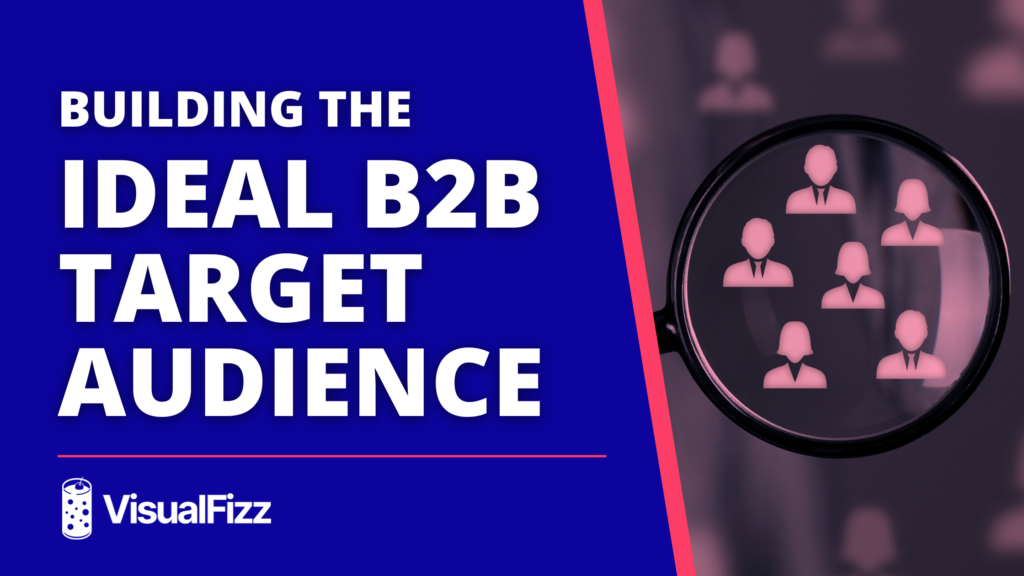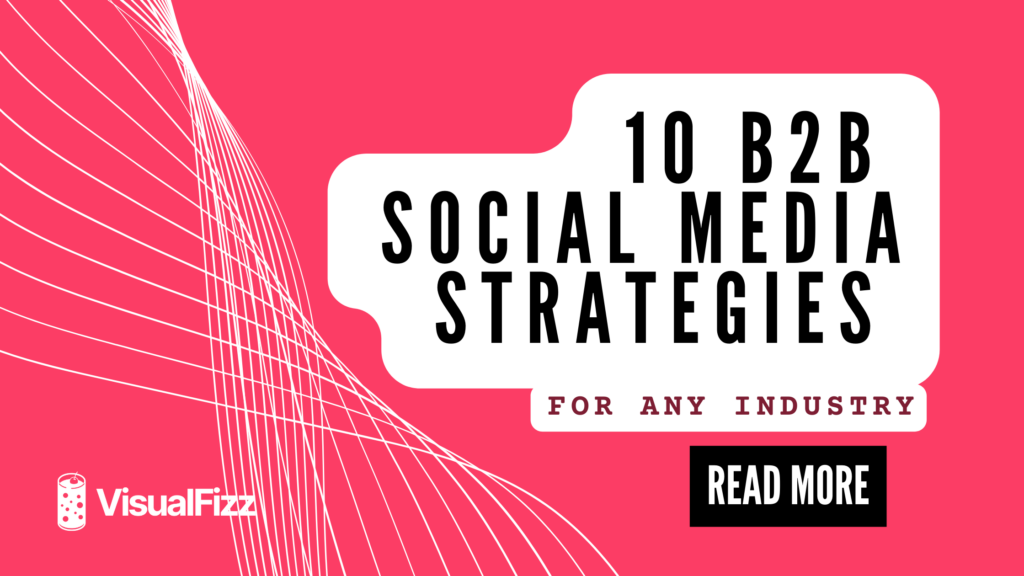
A common misconception people have about B2B content marketing is that social media is only for B2C businesses.
Social media can be just as powerful for B2B marketing when used strategically. It’s all about building relationships, showcasing industry expertise, and nurturing leads over time.
For example, platforms like LinkedIn are perfect for B2B social media marketing. On LinkedIn, you can connect directly with decision-makers, share valuable insights, and demonstrate your authority in your field.
The key difference is that B2B social media aims to educate and foster trust, rather than simply driving impulse buys.
So, have you ever wondered if your B2B social media marketing is hitting the mark? Many businesses struggle to crack the code of effective social media strategy for B2B businesses.
Here’s the good news—with the right approach, social media can become a powerful tool to drive engagement, build relationships, and ultimately generate leads. Keep reading to discover how!
10 Expert B2B Social Media Marketing Strategies to Implement in 2025
As you develop your B2B social media strategy, it’s critical to begin with a strong foundation.
Posting “just to post” will not do anything for your business—in fact, you’ll waste a lot of resources by doing that.
To create a winning B2B social media marketing strategy, you need to approach it with intention and purpose by:
- Setting clear goals and KPIs
- Identifying your target audience
- Aligning your social media strategy with your overall business objectives
Once you have the social media basics down pat, it’s time to dive deeper into the tactics that are driving real results in the current marketing landscape.
Here are 10 ideas to implement in 2025:
1. Create Employee Advocacy Programs
While it’s not useless to have a company page, LinkedIn is a personal platform at the end of the day—just like most other social media channels.
Therefore, you can’t ignore the power of your team’s personal LinkedIn profiles.
Employee advocacy programs encourage your team to share company content on their personal social media profiles. This strategy helps extend your brand’s reach far beyond your corporate page. You’ll be able to tap into employees’ personal networks—often comprised of industry peers and potential leads.
People are more likely to engage with content shared by individuals they know and trust, making this an effective way to humanize your brand and boost credibility.
By providing your team with pre-approved content, you ensure consistency while empowering employees to become brand ambassadors.
2. Use LinkedIn Ads for Hyper-Targeted Campaigns
With over 930 million users across 200 countries and new members joining at a rate of three per second, LinkedIn provides a rich landscape for B2B marketers.
LinkedIn Ads offer some of the most advanced targeting options in B2B marketing, allowing you to get specific about who sees your content.
You can filter by industry, job title, company size, seniority level, and more. This level of precision makes it easier to ensure your content reaches decision-makers who have the authority to make purchasing decisions.
Unlike other platforms, LinkedIn’s professional environment enhances the credibility of your message, giving you a direct channel to a business-focused audience.
3. Leverage Sales Navigator for Advanced Lead Generation
LinkedIn’s Sales Navigator is a powerful tool for identifying, targeting, and managing leads. It provides advanced search filters, so you can zero in on prospects based on criteria such as industry, location, and company size.
You can create lists of high-value leads and track their activity, allowing for more personalized outreach. This tool also integrates with CRM systems like HubSpot, making it easier to manage relationships and follow up with potential clients efficiently.
4. Engage Prospects with Personalized InMail
InMail messages have been shown to drive higher response rates compared to traditional emails. This higher response rate is likely due to the professional context of LinkedIn, where messages are delivered in a trusted environment and often to a less crowded inbox.
To make the most of InMail, personalization is key. Use the insights provided by LinkedIn about your prospects to craft messages that resonate with their specific needs and interests. If you can, include something about the user’s recent posts or profile in your hook.
Remember, the goal is to build relationships, not just make sales pitches.
By providing value and demonstrating a genuine interest in solving their business challenges, you’re more likely to convert leads into customers.
5. Create Explainer Videos for Complex Ideas
With 83% of consumers preferring video over text for informational content, it’s clear that incorporating video into your social media strategy for B2B businesses is essential.
Embed: https://www.youtube.com/watch?v=mJeNghZXtMo
Great explainer videos break down complicated ideas or showcase the benefits of your products and services.
These videos can capture attention quickly while conveying information more effectively than text. In a B2B context, explainer videos are especially useful for educating your audience on how your solution can solve their specific business problems.
Keep your videos short and focused, and ensure they highlight key points that matter most to decision-makers.
6. Host Webinars and Live Streams with a B2B Social Media Purpose
Webinars and live streams provide an excellent platform for sharing in-depth information and engaging directly with your audience.
These interactive formats allow you to build authority and credibility in your field while addressing your viewers’ specific needs and questions.
When planning a webinar, consider using platforms like Microsoft Teams, Zoom, or specialized webinar software that integrates with your marketing tools.
Don’t forget to create a presentation schedule, engage your audience with polls or Q&A sessions, and make the webinar available on-demand to reach a wider audience.
7. Share Customer Testimonial Videos
Customer testimonials are a powerful form of social proof that can significantly impact your B2B social media marketing efforts.
Video testimonials, in particular, can be highly effective in building trust and showcasing the real-world benefits of your products or services.
When creating testimonial videos, focus on sharing specific numbers and concrete results to make the impact of your business more tangible to potential clients.
Including statements like “We’ve increased our sales by 15-20%” can be more compelling than general praise.
8. Share Industry Insights and Trends
To establish yourself as a thought leader, it’s essential to stay ahead of industry trends and share your unique perspective.
Social media platforms like LinkedIn and X are ideal for disseminating your insights. When you share valuable content, you create opportunities to be noticed by potential customers who may not have previously considered your brand.
To maximize your impact:
- Monitor industry trends vigilantly and be the first to comment on relevant news. Set up Google Alerts to keep you on the ball.
- Offer thoughtful analysis and well-considered opinions on industry developments.
- Share a mix of original content and curated third-party resources to provide comprehensive value to your audience.
The key is to provide actionable information that offers a tangible return on investment for the time your audience spends consuming your content.
9. Participate in LinkedIn Groups
LinkedIn Groups are niche communities where professionals gather to discuss specific industry-related topics. By joining and participating in relevant groups, you can position your brand as an expert in your field while directly engaging with potential clients.
When participating in these communities:
- Be helpful and provide valuable information without expecting immediate recognition.
- Read user queries carefully and respond with relevant, useful knowledge.
- Stay on topic and demonstrate competence with concrete examples and appropriate links.
10. Collaborate with Industry Influencers
The word “influencer” might make you think of Instagram models and YouTube stars—but it means something different in the B2B context.
Influencers already have dedicated followers and networks. They help your brand gain exposure to new audiences that might be difficult to reach through traditional marketing methods.
Partnering with micro-influencers or thought leaders in your industry can significantly expand your reach and credibility.
To effectively collaborate with influencers:
- Identify influencers who align with your brand values and have a relevant audience.
- Develop content that leverages their expertise and unique perspectives.
- Engage in joint webinars, podcasts, or social media takeovers to cross-pollinate audiences.
It’s important to choose influencers whose audience aligns with your target market and to approach collaborations in a way that feels authentic and valuable for both parties.
Consistency is King in B2B Social Media Marketing
If you take anything away from this article, let it be this:
Thought leadership is earned over time, so stay committed to consistently providing value and engaging with your community.
Social media is not just about selling—it’s about fostering connections, sharing insights, and positioning your brand as a trusted partner in your industry.
With these strategies in your toolkit, you’re well-equipped to take your B2B social media marketing to new heights.
Looking for expert guidance?
Need help crafting a B2B social media strategy tailored to your business?
Contact our team at VisualFizz. We’re here to help you turn your social media presence into a powerful engine for growth and success.
Publishing Date:


